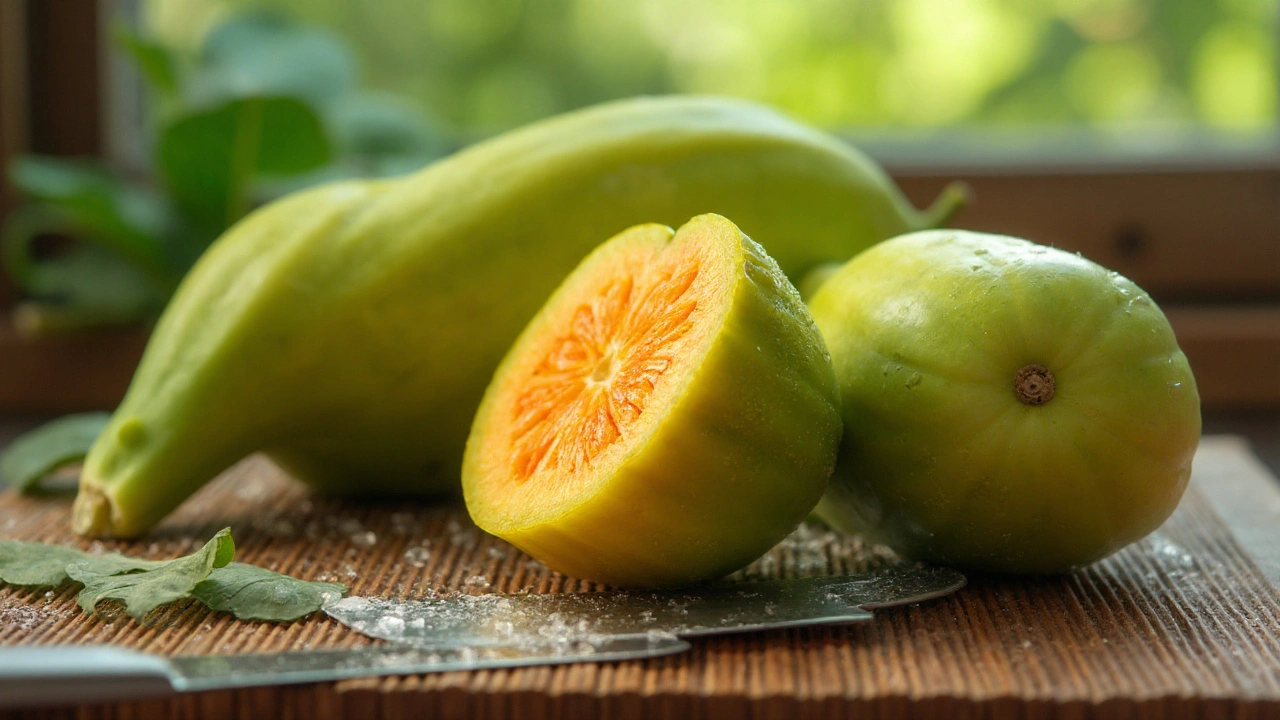Karela Nutrition: Health Benefits and Practical Tips
Ever wondered why some people swear by bitter melon, also called karela? It’s not just a weird tasting veggie – it packs a punch of vitamins, minerals, and compounds that can help your body in real ways. In this guide we’ll break down what makes karela special, how to use it without ruining your taste buds, and simple tricks to get the most nutrition out of every bite.
Why Karela Is Good for Your Body
Karela is low in calories but high in fiber, so it keeps you full while supporting digestion. It’s a solid source of vitamin C, which helps protect cells from damage, and vitamin A, which supports eye health. The fruit also contains potassium, iron, and magnesium – minerals that help balance blood pressure and muscle function.
One of the standout features is its bitter compounds called cucurbitacins. These have been linked to better blood sugar control, making karela a popular choice for people watching their glucose levels. Studies show that regular consumption can lower fasting blood sugar and improve insulin sensitivity.
Besides sugar control, karela shows anti‑inflammatory effects. The antioxidants fight free radicals, reducing oxidative stress that contributes to heart disease and aging. In short, adding karela to your diet gives your body a multi‑tool nutrient boost.
How to Cook Karela for Maximum Nutrition
The biggest hurdle is the bitterness. The good news is you can tame it with a few kitchen tricks. First, slice the fruit thinly and sprinkle salt over the pieces. Let them sit for 10‑15 minutes, then rinse – the salt pulls out some of the bitter juice.
Stir‑frying is a quick, nutrient‑friendly method. Heat a little oil, toss in sliced karela, add a pinch of turmeric and garlic, and cook until just tender. The heat softens the bitterness while keeping most of the vitamins intact.
If you prefer a milder flavor, blend peeled karela into smoothies with banana, honey, or mango. The sweet fruits mask the bitterness and still deliver the health benefits. You can also pickle karela with vinegar, mustard seeds, and a splash of sugar for a tangy snack that lasts weeks.
Remember not to overcook. Excess heat can destroy vitamin C and some antioxidants. A quick sauté or a brief boil (5‑7 minutes) is enough to keep the texture crisp and the nutrients alive.
Finally, consistency matters. Even a small serving (½ cup) a few times a week adds up over months. Pair karela with protein‑rich foods like beans or fish to balance the meal and improve nutrient absorption.
So, whether you’re looking to manage blood sugar, boost immunity, or just add a new veggie to your plate, karela is a solid choice. Try the salt‑soak trick, sauté with garlic, or blend into a smoothie – you’ll find a method that fits your taste and lifestyle. Keep it simple, keep it regular, and let the bitter‑melon power work for you.
Karela (Bitter Melon) Benefits, Nutrition, and Easy Recipes
Discover what karela is, its powerful nutrition, simple ways to store and cook it, plus beginner-friendly tips for growing your own bitter melon at home.
Learn more...